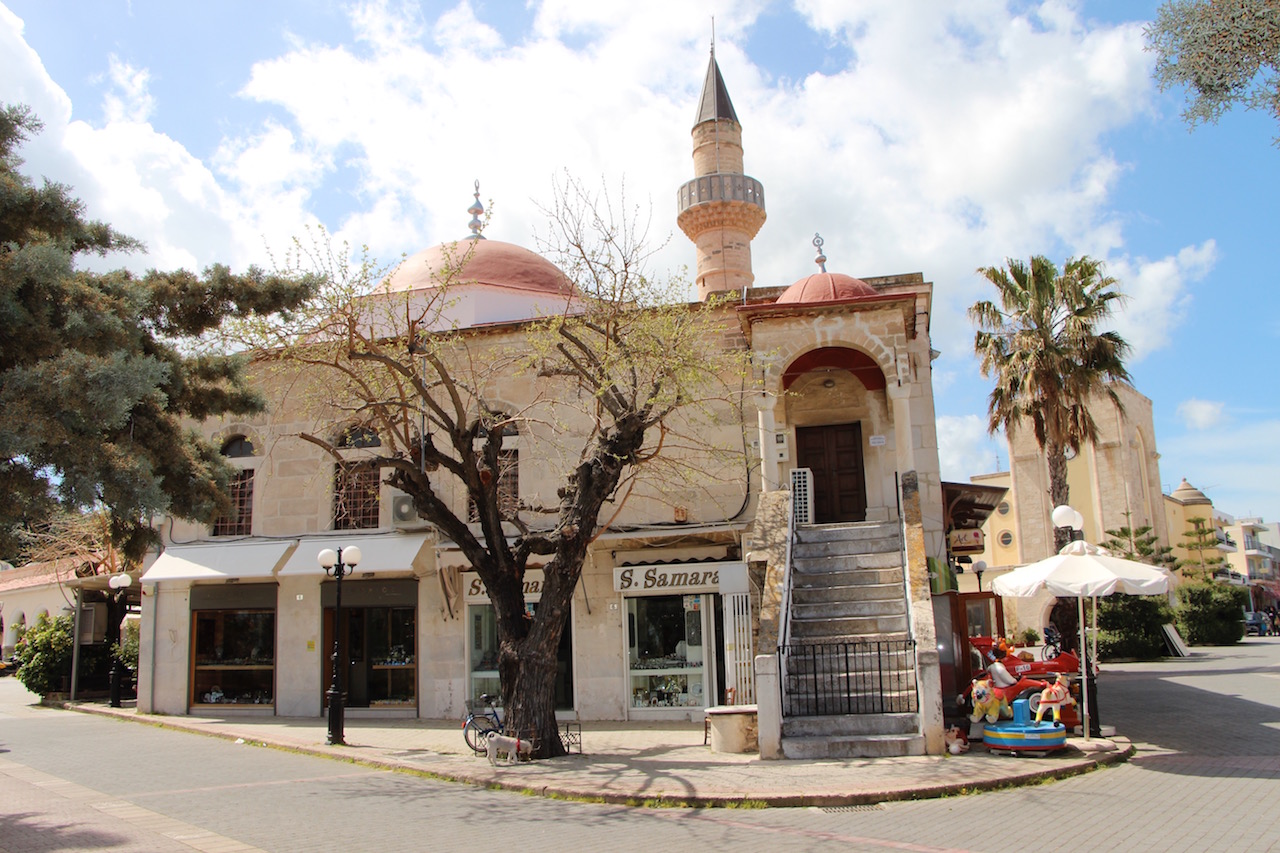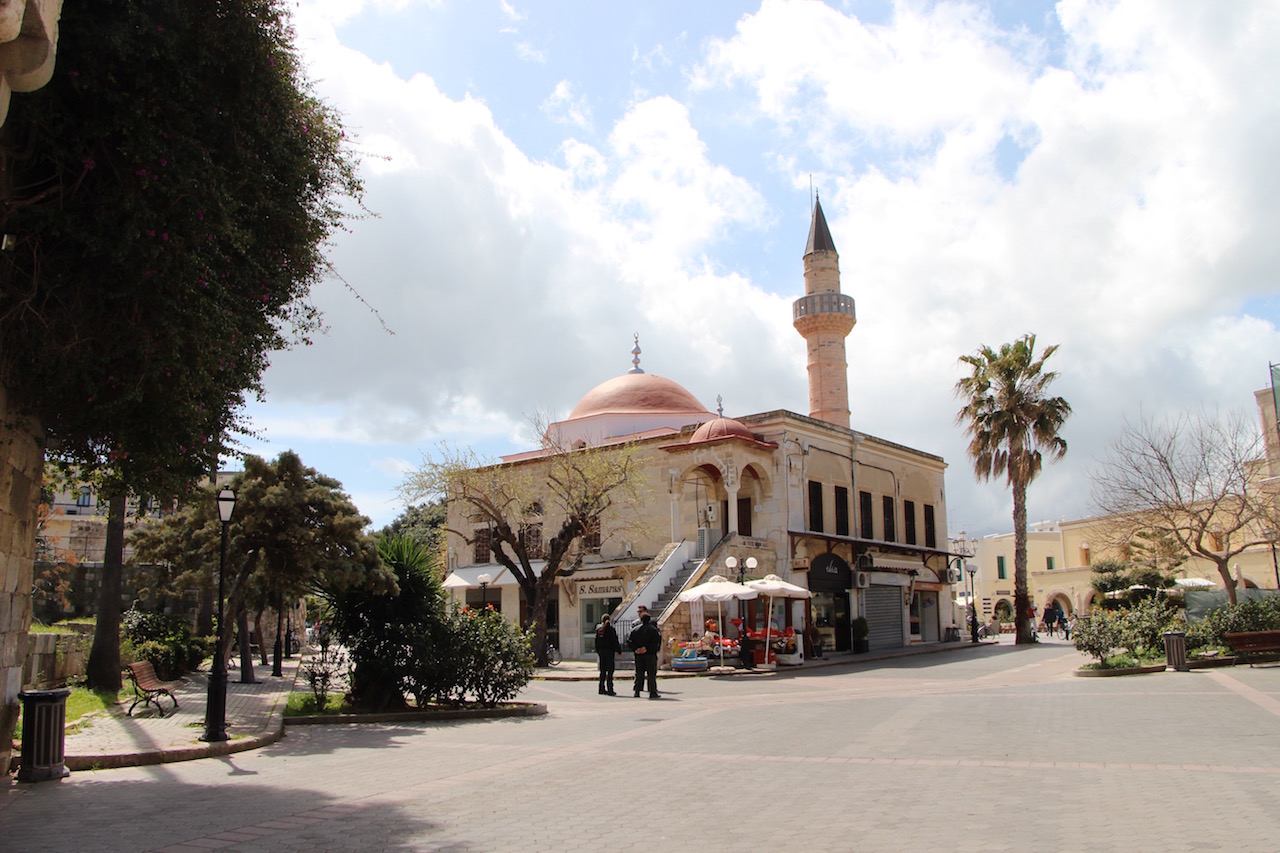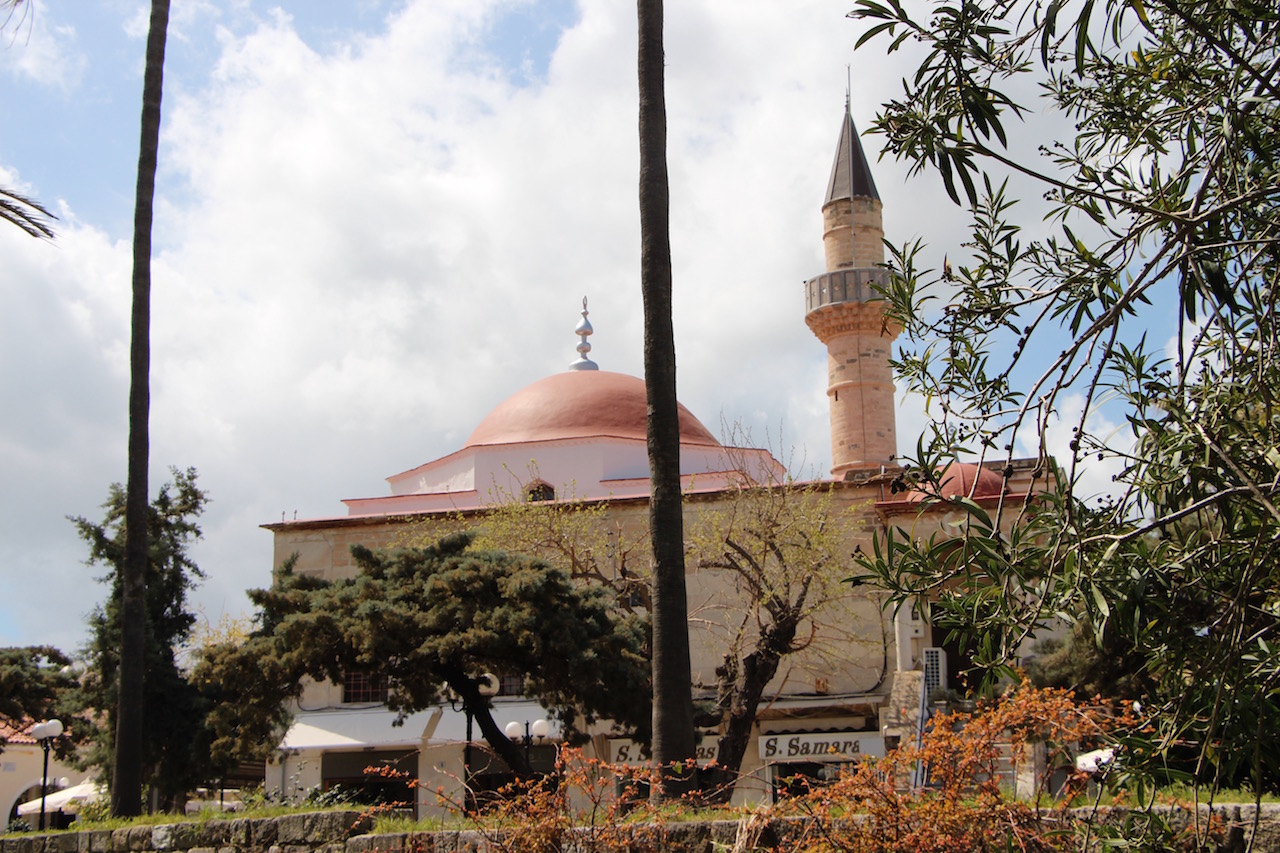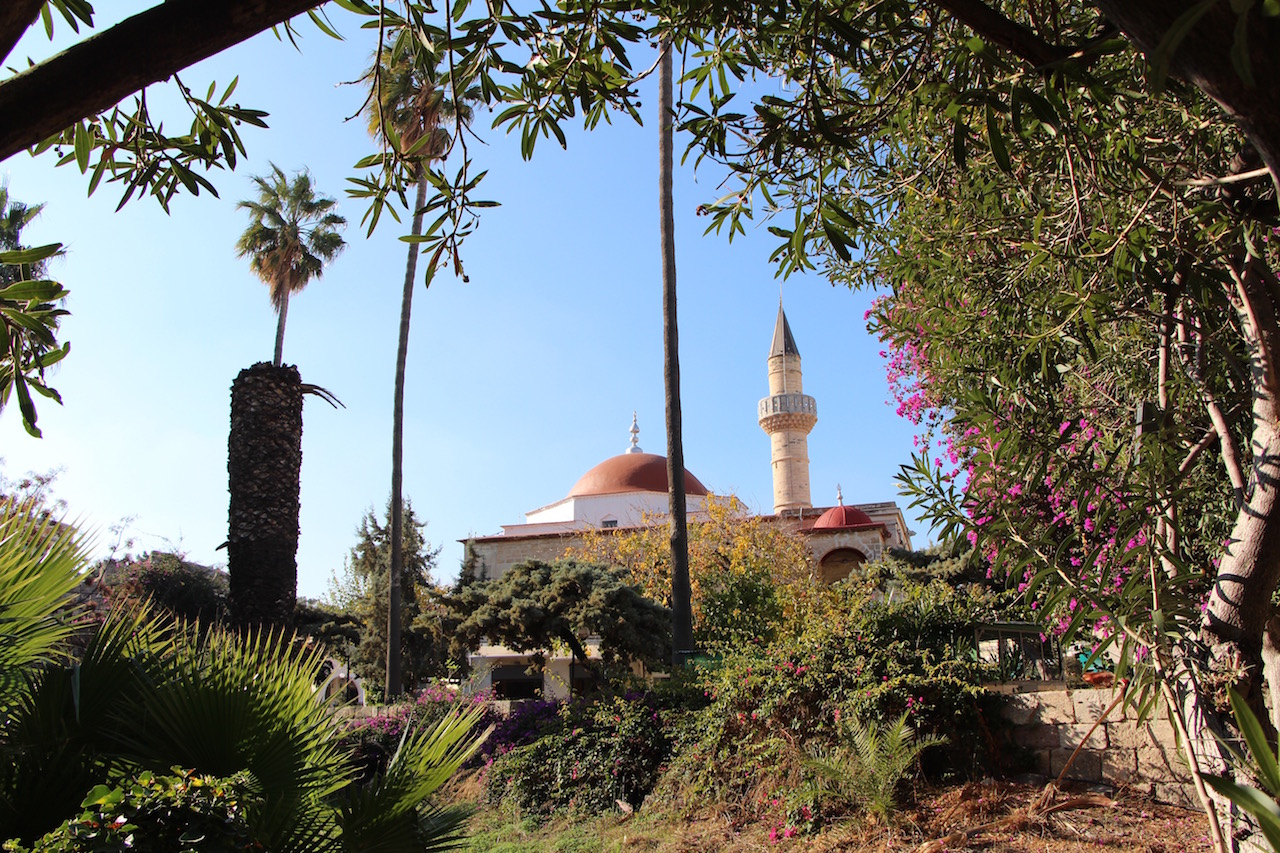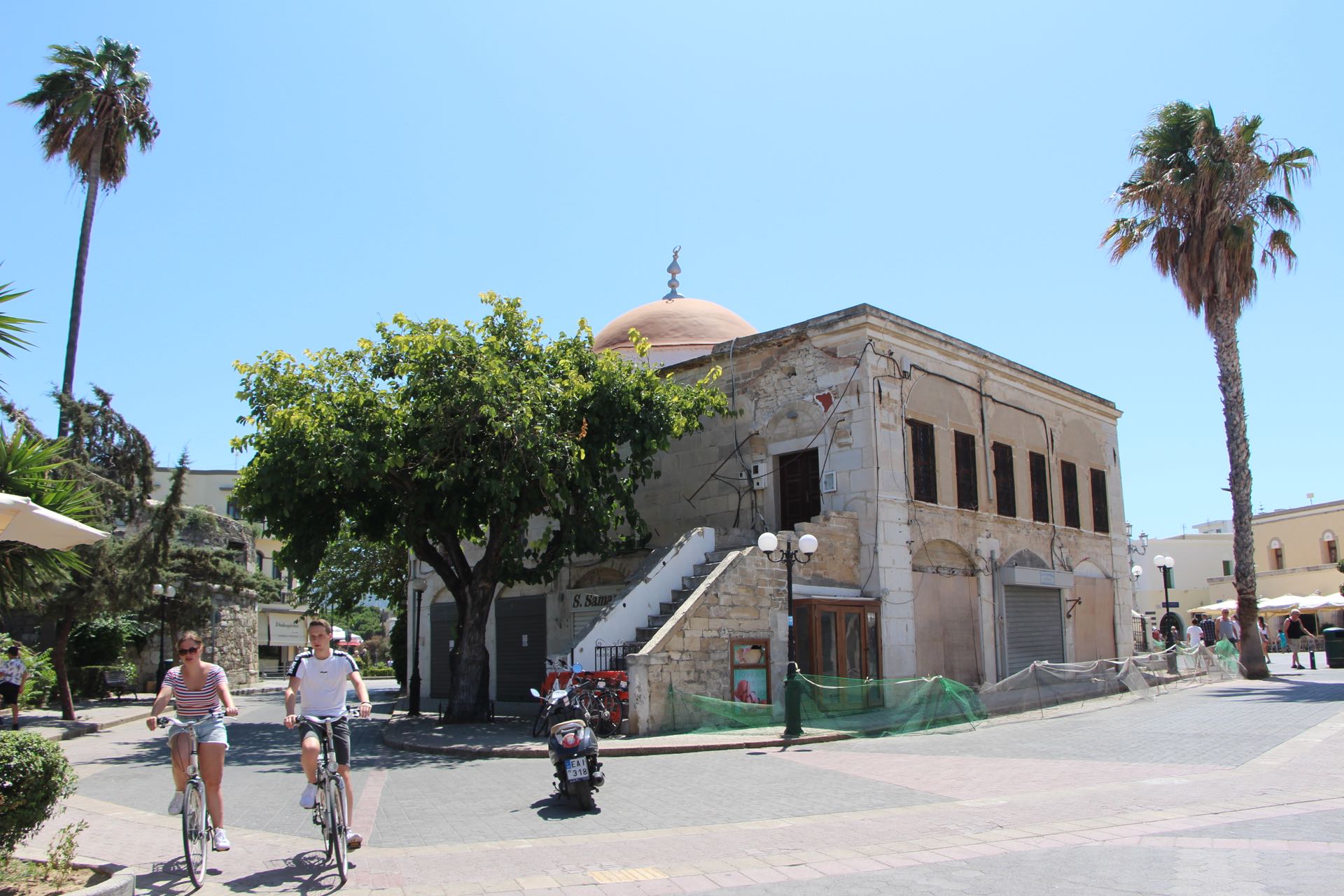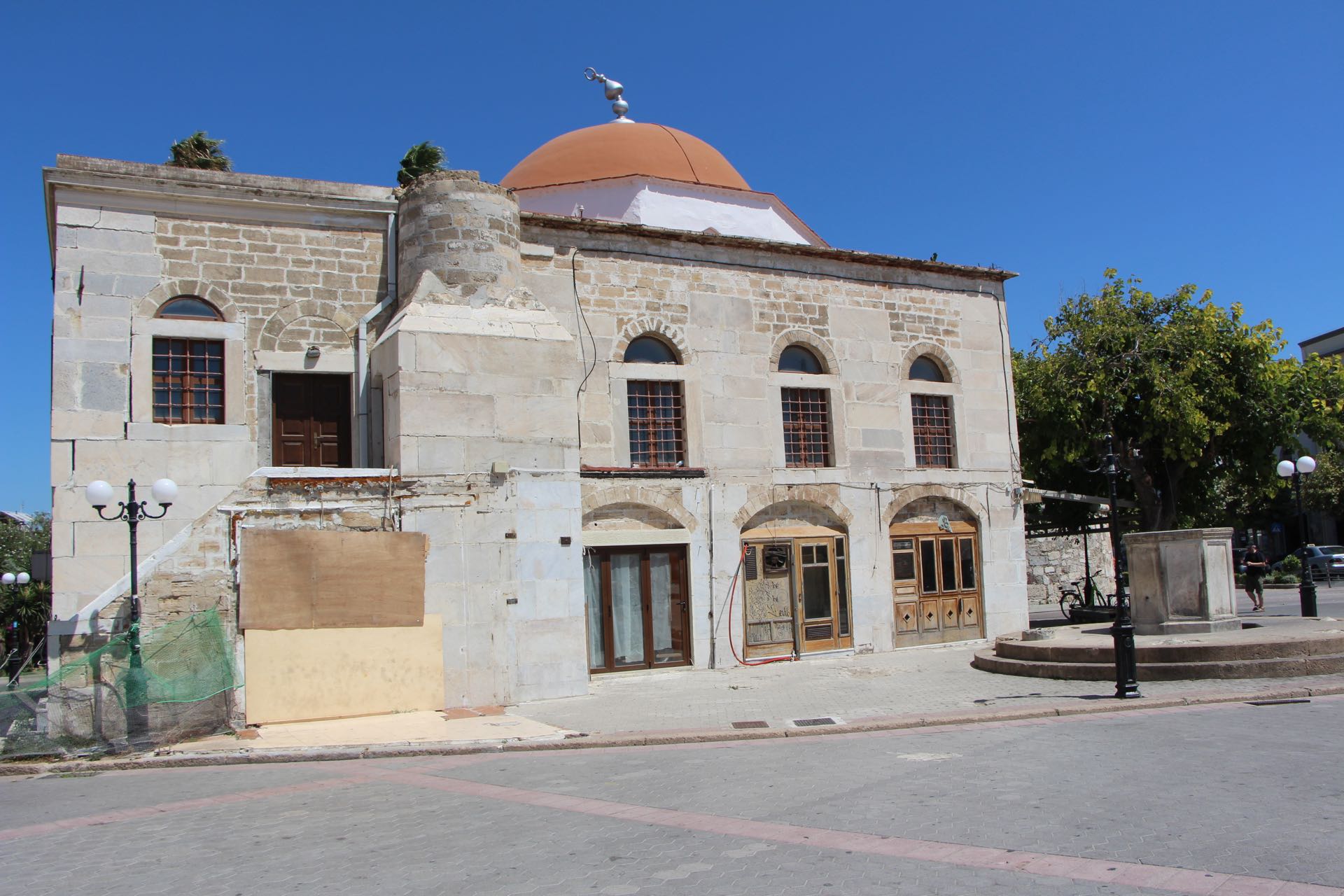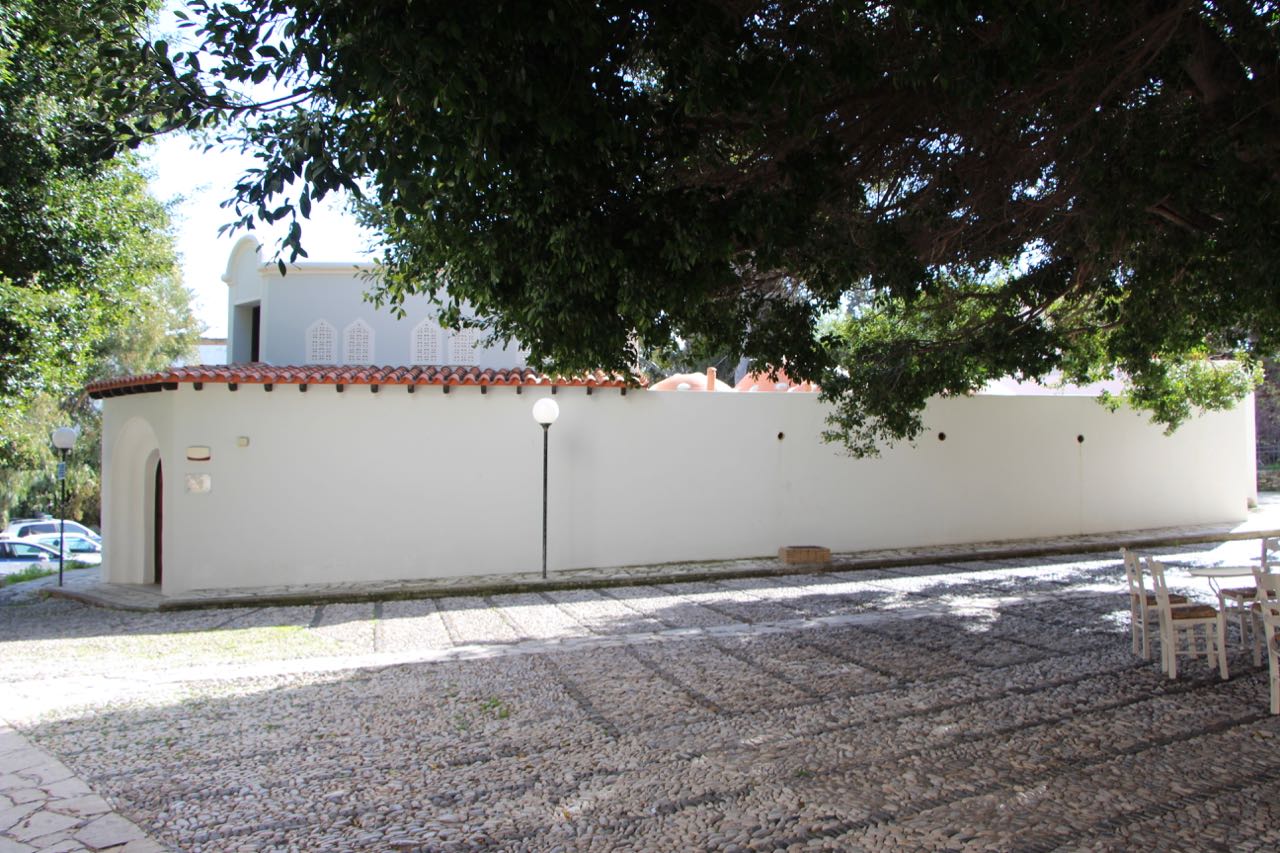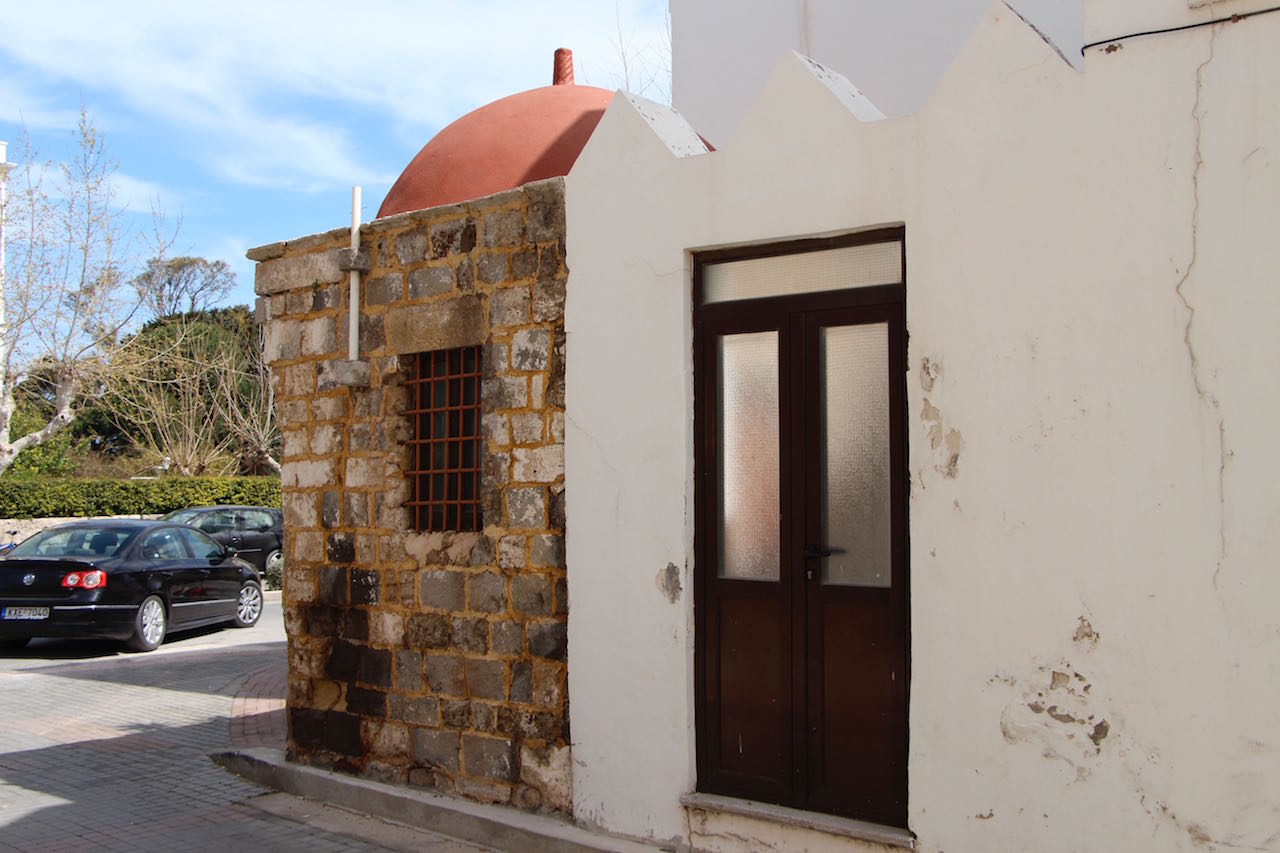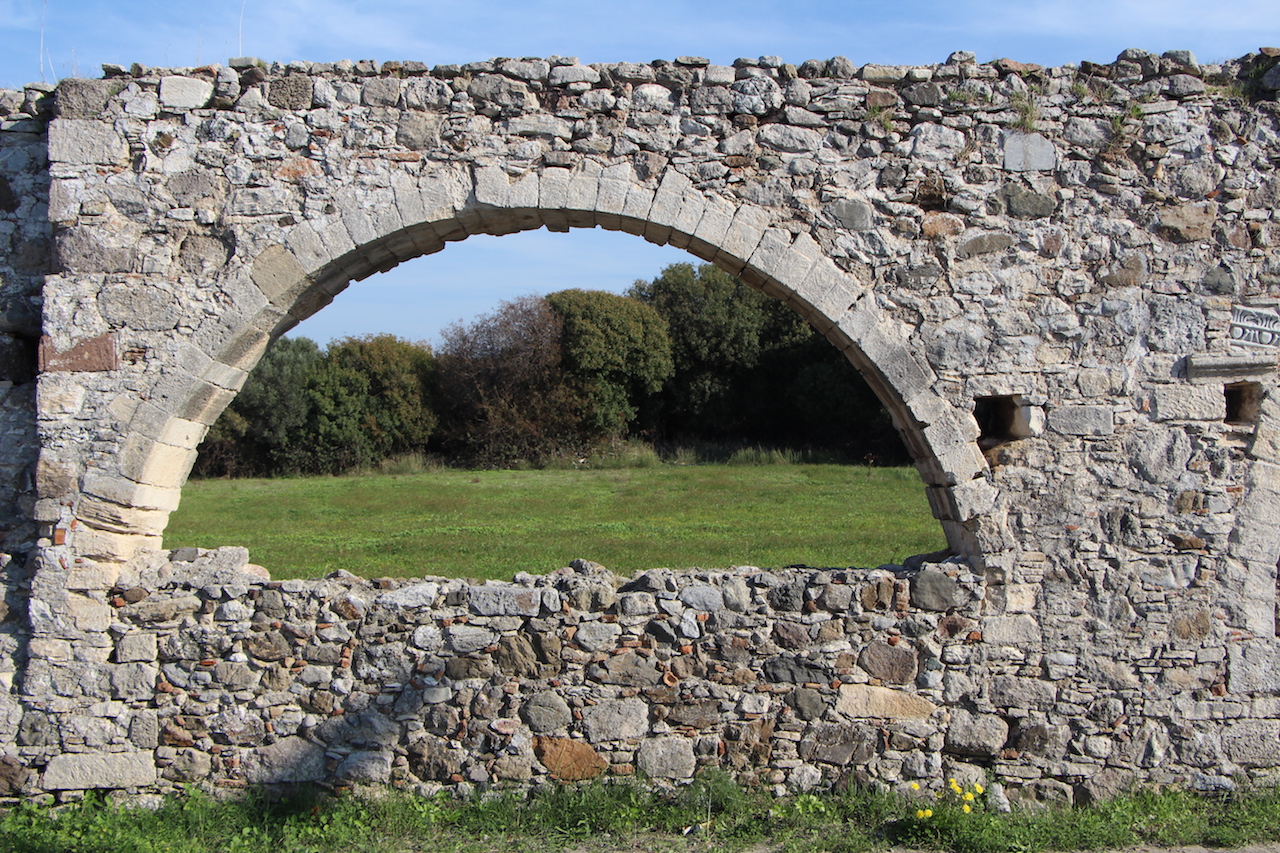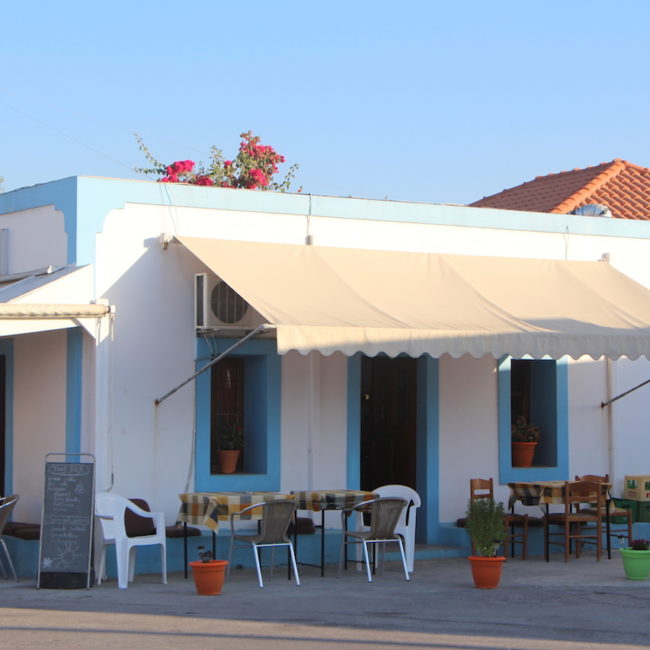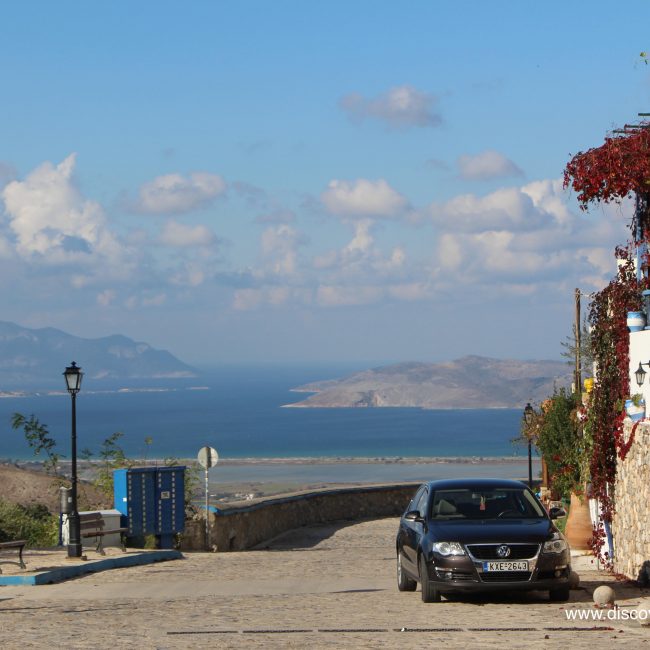The Defterdar Mosque, also known as the Nefterdar Mosque, is a significant historical and architectural landmark situated in Eleftherias Square, the central hub of Kos Town. Built at the end of the 18th century by Ibrahim Efendi, the Financial Minister (Defterdar) of the Ottoman Empire, this mosque is a testament to the rich cultural heritage of the island. The mosque stands as a striking example of Ottoman architecture and holds a fascinating place in the island’s history.
Historical Context
- Construction and Influence: Constructed by Ibrahim Efendi, the Defterdar Mosque is a two-storey structure that reflects the architectural style and period of its time, sharing similarities with the nearby Lozia Mosque. The mosque’s design and construction showcase the Ottoman influence on the island, providing insight into the era’s architectural preferences.
- Historical Debate: There is some debate about the mosque’s origins. Koan historian Zarraftis suggests that the mosque might have been established earlier than the Ottoman period, possibly serving as a Christian church dedicated to Saint Paraskevi before the Ottomans arrived on the island. This theory aligns with local traditions and adds a layer of historical complexity to the mosque’s background.
Architectural Features
- Dome and Arches: A prominent feature of the mosque is its central dome, supported by 12 arches. This architectural element is characteristic of Ottoman mosque design, providing both structural support and aesthetic appeal. The dome rises gracefully above the mosque, creating a distinctive silhouette in the Kos Town skyline.
- Staircases and Narthex: The mosque features two staircases on the eastern and western sides that lead to the narthex, the entrance hall. The eastern staircase, used by officials, is distinguished by its vaulted cover, highlighting the importance of the mosque as a center of administration and religious practice.
- Interior Design: Inside, the mosque is adorned with 8 columns that support the structure and create a sense of grandeur. The walls are decorated with circular frames bearing inscriptions from the Koran, serving both as decorative elements and as expressions of religious devotion.
- Minaret and Fountain: The mosque’s minaret is located on its western side, providing a traditional feature common to many Ottoman mosques. Additionally, a short distance from the mosque stands an octagonal marble fountain, covered by a dome supported by 6 arches. This fountain, resting on small pillars, is used for ritual ablutions and adds to the mosque’s historical charm.
Current Condition and Preservation
- Damage from Earthquake: The Defterdar Mosque sustained significant damage during the earthquake that struck the island in 2017. The structural impact of the earthquake has affected both the mosque and its surrounding areas, highlighting the ongoing challenges of preserving historical sites in the face of natural disasters.
Conclusion
The Defterdar Mosque is a remarkable example of Ottoman architectural heritage in Kos Town. Its historical significance, architectural features, and the ongoing debate about its origins contribute to its status as a key landmark on the island. Despite the challenges posed by recent earthquakes, the mosque remains a vital part of Kos’s cultural and historical landscape, offering visitors a glimpse into the island’s rich and diverse past. For those interested in exploring the architectural and historical treasures of Kos, the Defterdar Mosque stands as a testament to the island’s enduring legacy.





